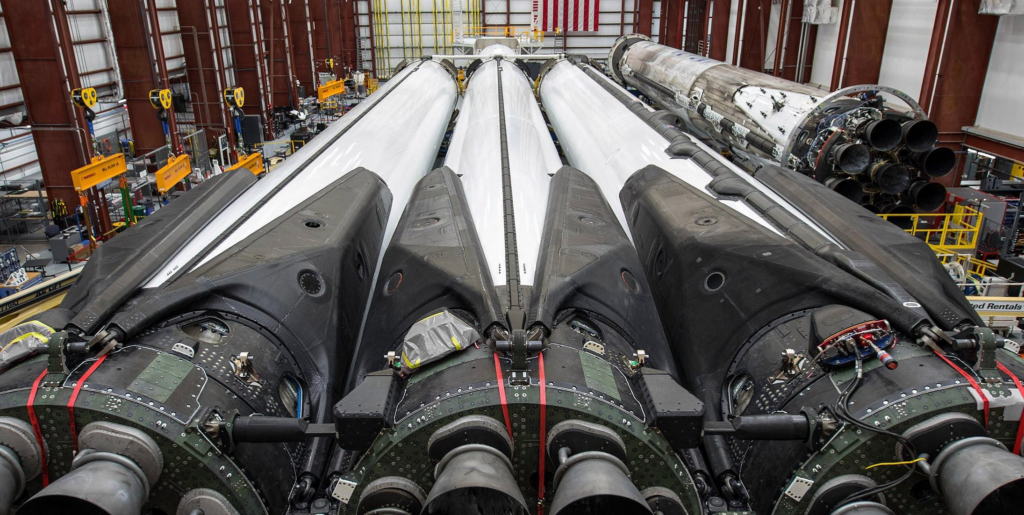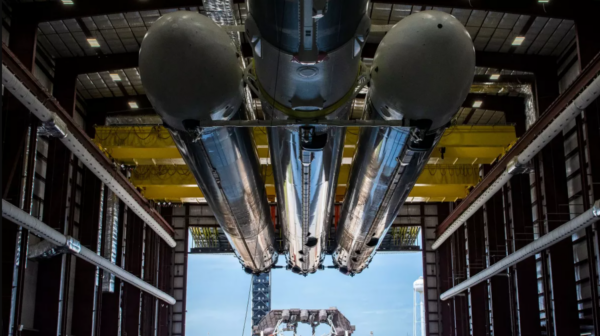SpaceX is preparing to launch its potent Falcon Heavy rocket again.
On Thursday (April 13), Elon Musk’s company conducted a “static fire”(opens in new tab) with the Falcon Heavy at NASA’s Kennedy Space Center (KSC) in Florida, momentarily igniting the vehicle’s 27 first-stage Merlin engines.
Common preflight tests, static pyrotechnics are designed to ensure that a rocket’s numerous systems are ready for launch. And liftoff for the Falcon Heavy is imminent: The launch is scheduled for Tuesday, April 18 at 7:29 p.m. EDT (23:29 GMT).

When the time arrives, you can witness the launch live on Space.com, courtesy of SpaceX.
Two satellites will be placed in geostationary orbit by the impending launch. The principal payload is the 6,400-pound (14,000-kilogram) broadband satellite ViaSat-3 Americas, which will be operated by the California-based company Viasat.
Tuesday’s secondary satellite is Arcturus, a communications satellite owned by Astranis Space Technologies of San Francisco.
In a description of the Falcon Heavy mission, EverydayAstronaut.com wrote(opens in new tab) of Arcturus: “Despite weighing only 300 kilograms [660 pounds], the powerful communications satellite can provide data throughput of up to 7.5 Gbps for… Alaska and the surrounding region.”
The launch on Tuesday will be the sixth overall for Falcon Heavy, which debuted in February 2018 with a test flight that sent a spacesuit-clad mannequin driving a red Tesla Roadster into orbit around the sun.
The most recent flight of the Falcon Heavy, a classified mission for the United States Space Force known as USSF-67, occurred in January of this year.
The Falcon Heavy is composed of three strapped-together Falcon 9 first stages, with the central booster surmounted by an upper stage and payload(s). These three first-stage launchers are designed to be reusable, but according to EverydayAstronaut.com, none of them will be recovered on Tuesday. (It appears there will not be enough fuel left for the launchers to safely guide themselves back to Earth.)

